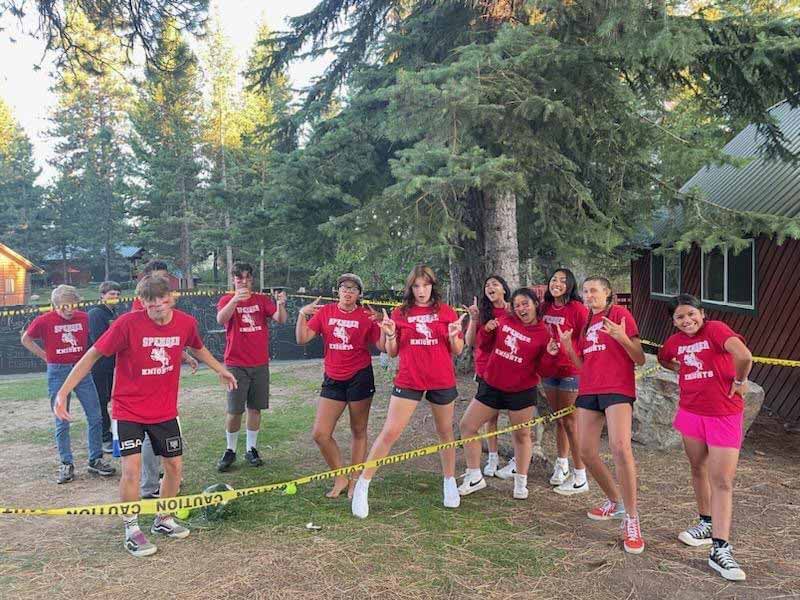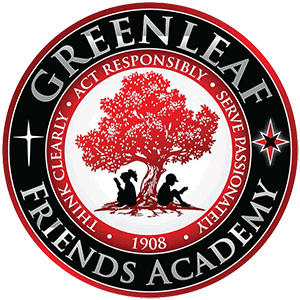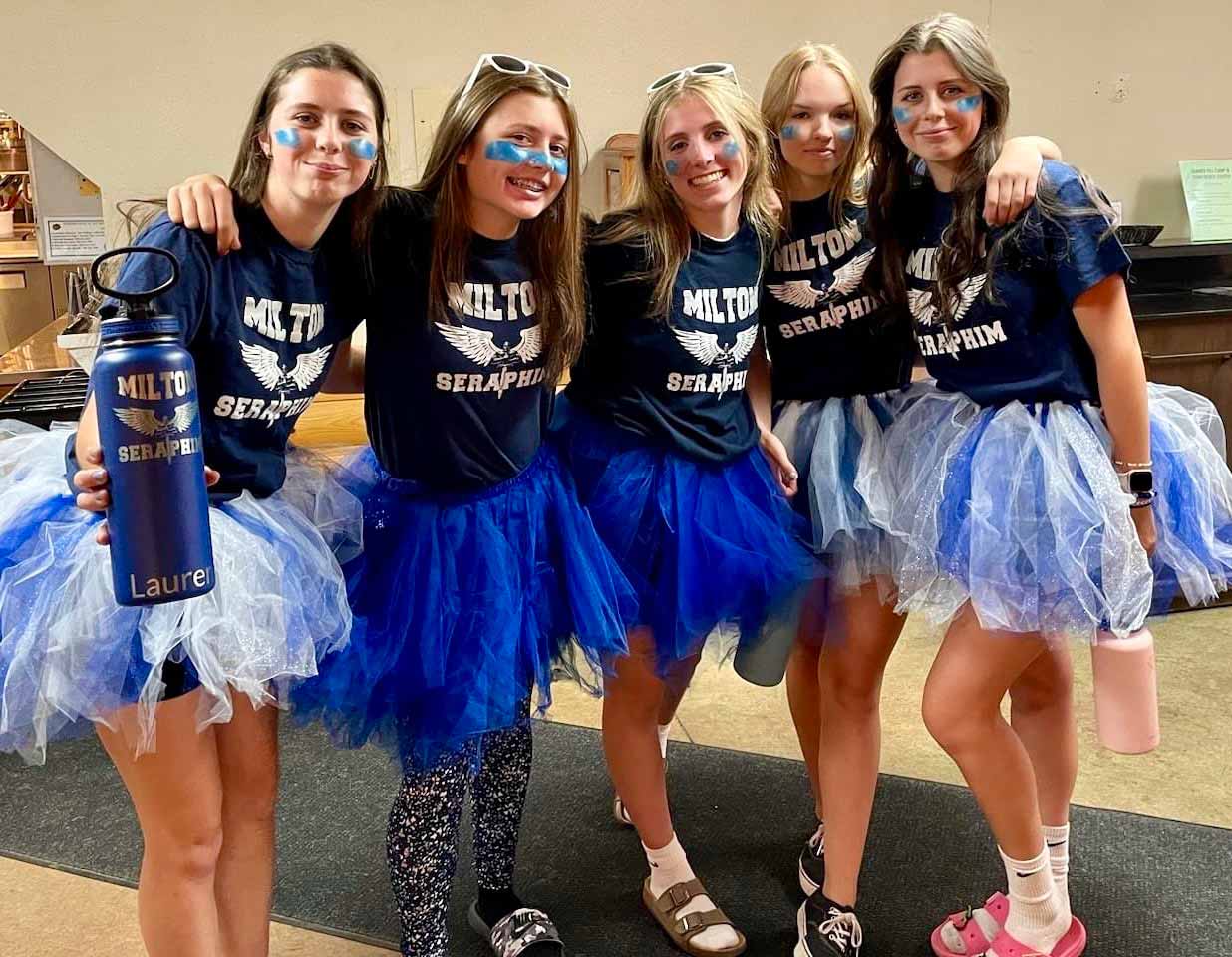
The House Program
Love your school community
“Two are better than one…. For if they fall, one will lift up his companion. But woe to him who is alone when he falls, For he has no one to help him up.”
Ecclesiastes 4:9-10


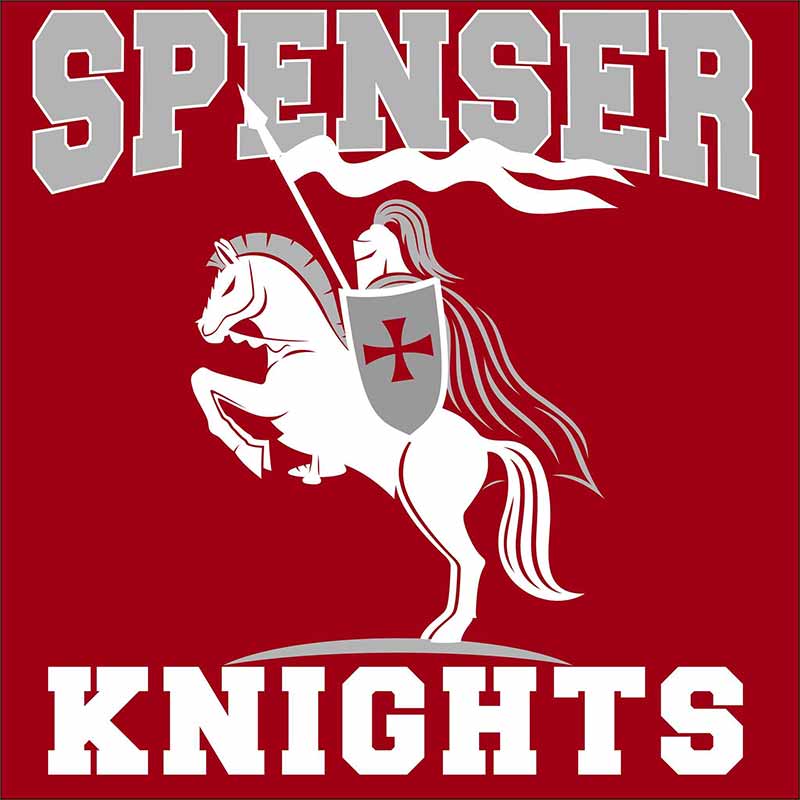

One of the most important things about Greenleaf Friends Academy is that we are a community of Christians living life together, which makes the GFA House Program one of our most important programs. Our house program takes our student body, grades 7 to 12, and divides it into a handful of smaller communities, or “houses,” within the student body; each house is comprised of students from across grade levels, from diverse backgrounds and interests, and it brings them together with purpose and meaning.
Houses compete against one another in three categories: sports like flag football, ultimate frisbee, dodgeball, and basketball; community service projects like sponsoring food and coat drives, working with local Christian ministries and churches, etc.; and community building like serving Grammar School teachers and students, hosting community building events, and serving the GFA community. Houses earn points that accumulate over the course of the school year and result in a house champion at the end of the year. These fun and interactive activities bring a student body together and give each individual student a feeling of family and belonging that might not exist otherwise.
The GFA House Program accomplishes at least three extremely important things: first, it helps to build relationships amongst students across grade levels; second, it helps to establish a healthy student culture; and finally, a house program serves as a student leadership development program that provides for a discipleship and succession model of leadership.
First, we believe that all Christians should be pursuing the Great Commission, especially teenagers. Using the New Testament model of the Apostle Paul, Timothy, and Barnabas, we believe that all Christians should have three kinds of relationships in their spiritual life: a mentor that they look up to and can receive wise counsel from, like Paul was to Timothy; a group of fellow believers that they walk through life with and receive daily encouragement from, like Barnabas was to Paul; and finally, every Christian needs others that they are actively pouring their life into, mentoring, and encouraging to grow spiritually, like Timothy was for Paul. When teenagers are presented with this relationship model, they can easily identify their mentors – parents, pastors, and teachers; they often easily identify their Barnabas – their friends, classmates, and teammates; but when asked who they are actively discipling and encouraging in their faith – who was their Timothy – teens often look around at each other in confusion and can not provide an answer. The reason for this quickly becomes obvious with a bit of exploration.

WENDY PAUL
Dean of Grammar School
Quicklinks

“GFA hopes to be a community of students that experiences that transcendent unity that only exists in Christ, spanning grade levels and social groups, sports teams and personal interests.”
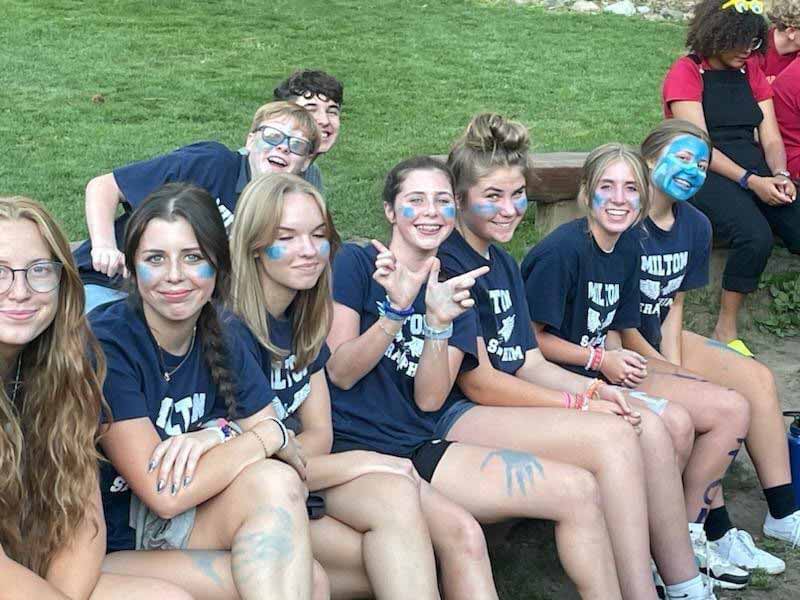
The normal structure of a school actively works against relationships forming between students in different grade levels. The daily routine of most schools encourages and reinforces a strict caste system in which students become locked into their grade level and peer groups: 7th graders only hang out with 7th graders, 11th graders only hang out with 11th graders, athletes hang out with athletes, and so on. Schools do not have to do things to reinforce this rigid stratification of students; it happens naturally.
GFA hopes to be a community of students that experiences that transcendent unity that only exists in Christ, spanning grade levels and social groups, sports teams and personal interests. As such we have to be intentional about structuring our school day and having programs that break up those barriers that invariably form between grade level and social groups. A vibrant and flourishing house program addresses this by bringing together students of all ages within one house and allows for all three forms of relationships to exist within a student body. Staff can pair younger students with the high character upperclassmen to establish those mentoring relationships that might not normally form in a school. It can be transformative for an underclassman – 7th, 8th, or 9th grade – to have an upperclassman to look up to who cares for them and is invested in their life.
Second, a house program can help drive a healthy student culture within a school. Within each house there are 3 or 4 student leaders, typically a House President and two other officers. Students are chosen on an application model of student leadership – prospective student leaders fill out an application, obtain a pastoral reference letter, sit through an interview with a panel of faculty members – and are chosen based on their character and maturity.
The house leaders are then the students who can be trusted to mentor younger students, typically 10th, 11th, and 12th grade students mentoring 7th, 8th, or 9th grade students. Contrast this with an election model of leadership where student leaders might be chosen by mere popularity, affluence, appearance, etc. That model may put students of virtue and mature character into positions of leadership, and then again, it may not.
Student leaders play a big role in setting the culture at a school, so having the right students in leadership roles is essential for the health of a student body. In addition, at GFA each house is paired with Grammar School classes, giving all Upper School students the chance to start serving others as part of the daily rhythms of our school.
Finally, a vibrant house program provides for a succession model of leadership, where a sophomore student leader gets a chance to be mentored by an older student leader for a year or two before they get to take over the reins of a house as president. They get to be part of the unique culture of a specific house, learn its traditions, and be a part of shaping those traditions for future years. This provides for leadership training and preparation as opposed to being dumped into the deep end with the hope a student leader will learn to swim. The student leader is set up much better to succeed and the student body in general has a much better experience.
